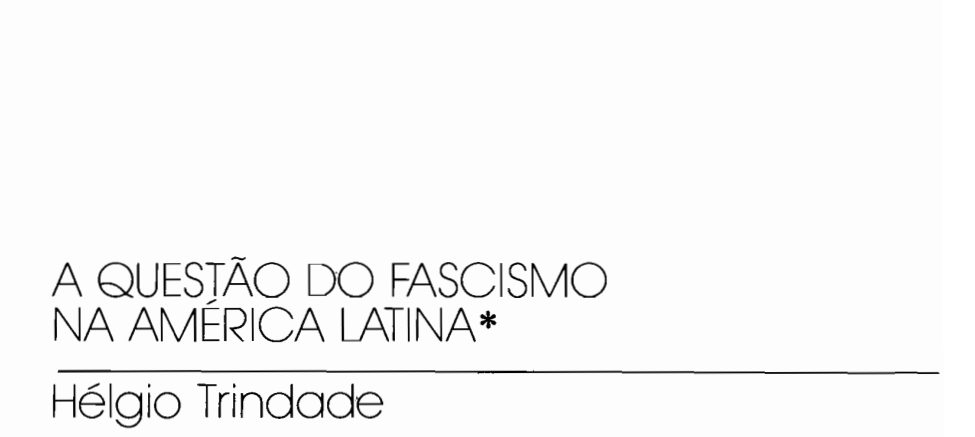Dados é uma das principais e mais longevas publicações nas ciências sociais no Brasil. Criada em 1966, divulga trabalhos inéditos e inovadores, oriundos de pesquisa acadêmica, de autores brasileiros e estrangeiros. Editada pelo IESP-UERJ, é seu objetivo conciliar o rigor científico e a excelência acadêmica com ênfase no debate público a partir da análise de questões substantivas da sociedade e da política.

Dados n. 17 Rio de Janeiro 1978

Resumo
The role of the colored freedmen in slave societies provides a crucial indication about the patterns of social stratification in such societies. Their total numbers, rates of growth, occupational mobility, life styles and patterns of integration offer clues as to the nature of racial integration in postemancipation regimes and also helps to define the limits and possibilities of the slave existence. Brazil had the largest colored freedmen class of any major slave society in America, yet little is known about this group. The aim of this article is to provide the first estimates of their numbers, distribution and rates of social and economic mobility. Regional and national census materials are the primary sources used ·for exploring these factors. It is argued that natural growth alone could not have accounted for the tremendous development of this class, which by the end of the slave trade in 1850 probably numbered over half of the total Afro-Brazilian population. Rather it was the constant manumission of younger women and children which accounted for the spectacular rates of growth in this class and the corresponding decline in fertility among the slaves. While occupational mobility data are still too fragmentary to offer firm conclusions, the social data shows that freedmen did become a viable intermediate grouping between the free white class and the slaves in terms of marriage and illegitimacy rates.
Os Homens Livres de Cor na Sociedade Escravista Brasileira